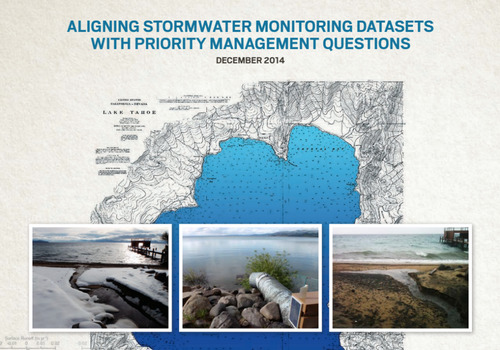Excerpt from Executive Summary:
Land mangers continue to struggle with finding technically defensible and feasible means to prioritize where investments will provide the greatest environmental return, and how to quantify and report the effectiveness of investments once actions are implemented. There is a collective desire to measure the ecosystem changes that are attributable to management actions, and this desire is a common requirement of funders, managers, and stakeholders to justify investments. The quest to monitor and track the environmental benefits specific to riparian and meadow restorations are no different.
This report describes a pilot study conducted by 2NDNATURE, LLC, with funding from the Army Corps of Engineers, Sacramento District and support from resource managers in the Lake Tahoe Basin, to use the rich catalog of Landsat imagery to assess the effectiveness of alpine and wet meadow restoration projects. To do this we used a remote sensing derived index called the Normalized Difference Vegetation Index (NDVI). NDVI is a well-known index that quantitatively indicates the relative differences in “greenness” across a landscape. Higher greenness values, particularly when assessed during the late growing season when water availability is limited, are hypothesized to indicate a more functional wet meadow hydrology which in turn supports desired ecosystem services. We calculated the NDVI for riparian areas where restoration projects have been implemented to evaluate if distinct changes in meadow greenness can be detected and used as measure of restoration effectiveness.


